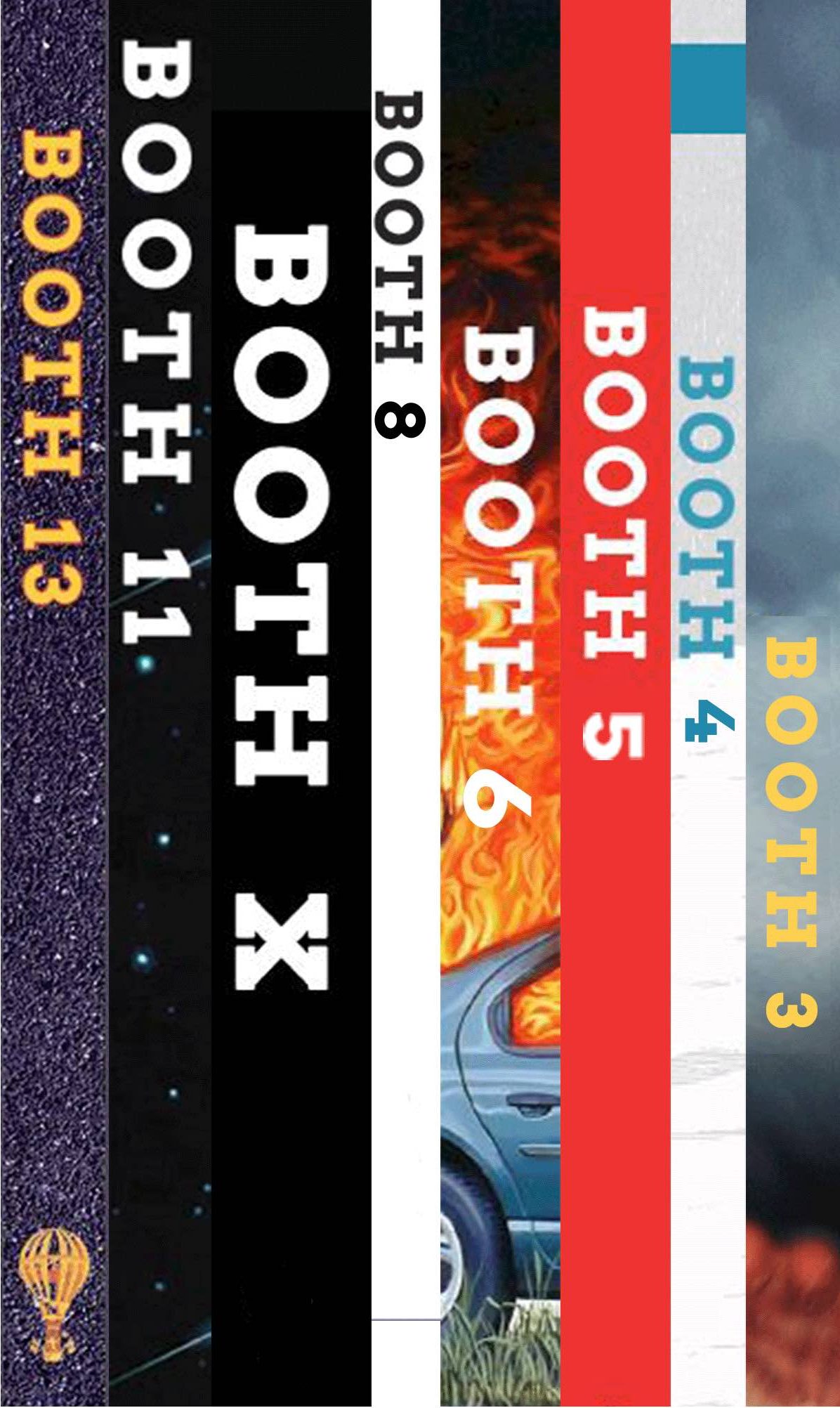(from The Complete and Unabridged History of North American Aviation)
Fiction by Ravi Mangla
I will ascend above the heights of the
clouds; I will be like the most High.
— Isaiah 14:14
Born in the loft of a barn, the Greenlys were preternaturally fascinated with matters of elevation. Their mother described them as dreamy boys, slow to respond when summoned, content to pass the hours watching the clouds traipse across the firmament. At seven they each broke a leg leaping from the roof of their farmhouse with sheaves of goose feather pinned to their sleeves. Forays into handmade parachutes yielded similar results. A preacher from the neighboring town ascribed their gravely impaired judgment to a fever in early infancy, for which he was beckoned to deliver the last rites. Their time at school was marred by a series of petty indiscretions, which led ultimately to their expulsion at the age of nine. The brothers procured work at a leather tannery, scraping hair fibers from raw hide and soaking them in brine. At night they took turns reciting entries from Mouillard’s L'Empire de l'Air, incapable of understanding a single word of the French text. When their mother succumbed to consumption in the winter of 1895, the Greenlys, devastated, released a black balloon bearing a lock of her hair, following it until it narrowed to a pinprick. The following year they resigned their posts at the tannery and dedicated themselves wholly to the study of aeronautics. Several professors at the University of Illinois, who the brothers approached with their nascent designs, regarded their notions of sustained flight as “severely misguided” and “demonstrating a fundamental lack of scientific understanding.” An early model of their Greenly Glider was presented at the Clark Country Fair. However, the left wing collapsed when a nanny goat, having ventured off from the ribbon ceremony, clambered onto the wing and chewed through the struts, which prompted the brothers to abandon their glider designs and start from scratch. They sold the bulk of their personal possessions, which included seven cattle, a brood of chicken, and an impeccable collection of ivory mustache combs, in order to purchase scrap wood and a second-hand steam engine. Their plans included a twin blade propeller, hand-carved from spruce, and a cruciform tail for regulating pitch and yaw. The body of the biplane was draped in animal pelts, which the Greenlys believed would help them blend in with the native birds. Despite its considerable size, the plane was named Minnie, after their mother. Under the cover of night they wheeled the plane into a cornfield behind the house and practiced piloting the craft, imaging their scarves swept back in the headwinds. Three weeks before the Wrights’ landmark flight at Kill Devil Hills, the flight that would herald a new age in aviation, Everett Greenly fell asleep with a cigarette between his fingers. The embers ignited his mattress and spread to the house, bringing the entire structure down around them. Their plane and designs were incinerated in the ensuing blaze. The only witness to the fire, a tenant farmer from the bordering property, described a bone-white smoke rising from the house, unfurling outward, so pale it was impossible to know where the smoke ended and clouds began.



